How The Teenage Mutant Ninja Turtles Secretly Warped Children
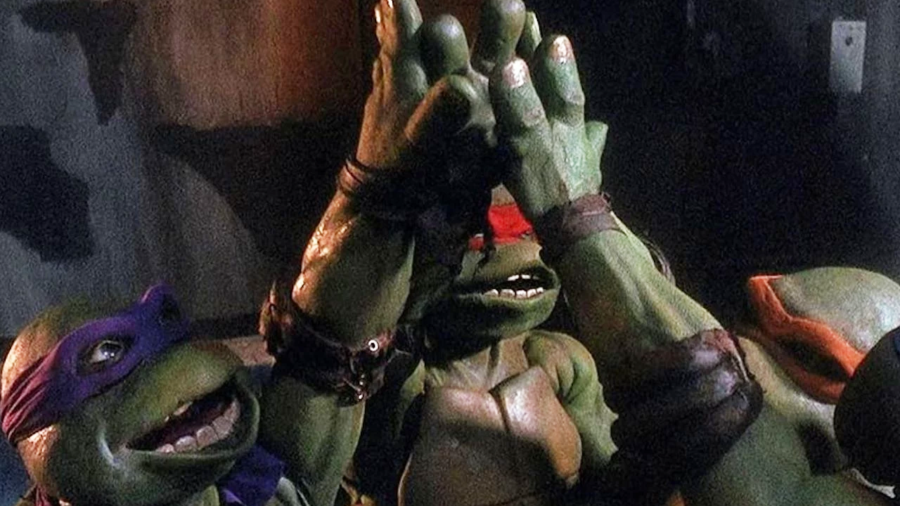
We now think of the Teenage Mutant Ninja Turtles as a movie and television franchise, but long before that, they were born in comics. Those comics only grew in popularity with the rise of the movies and the cartoons, and kids who were TMNT fans sought them out and read any Ninja Turtle related content they could get their hands on. And not all of it was as kid-friendly as the movies or the television show.
As all 80s kids remember, there were two different Ninja Turles comics back in the day: the original black-and-white Mirage comics and the full-color Teenage Mutant Ninja Turtles Adventures comics from Archie. For young fans and their parents alike, this set up the assumption that there was a clear division that the Mirage comics were made for adults, and the Archie comics (which were based on the 80s cartoon) were made to be kid-friendly.
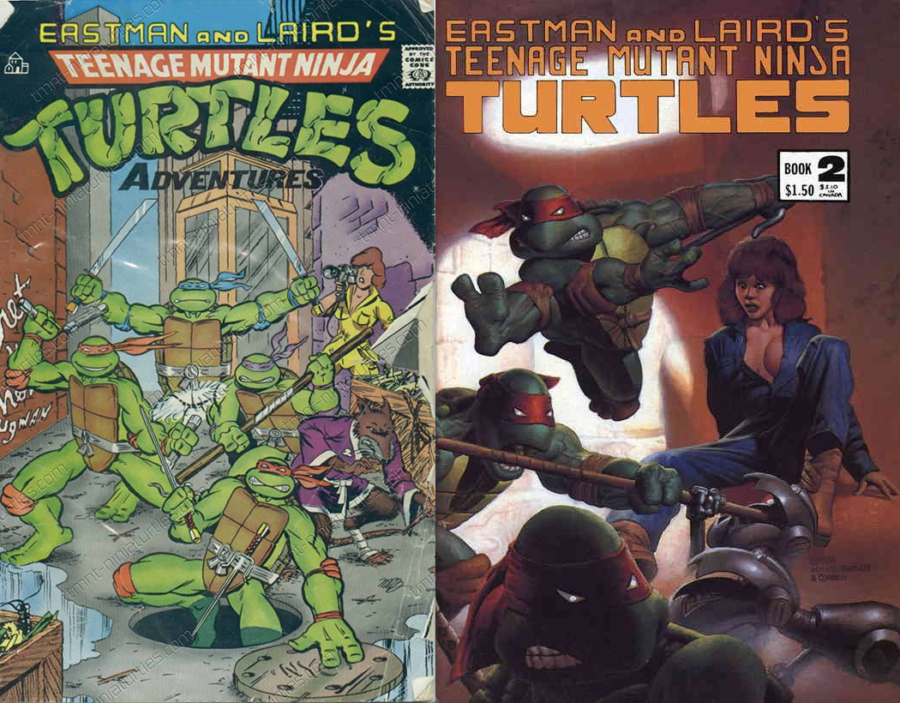
That assumption was very wrong. I recently re-read all 72 issues of the “kid-friendly” Teenage Mutant Ninja Turtles comic and discovered a Technodrome’s worth of weird crap that effectively warped an entire generation of young fans without their parents realizing what was going on.
The Ninja Turtles Versus Disembodied Brains And Genocide
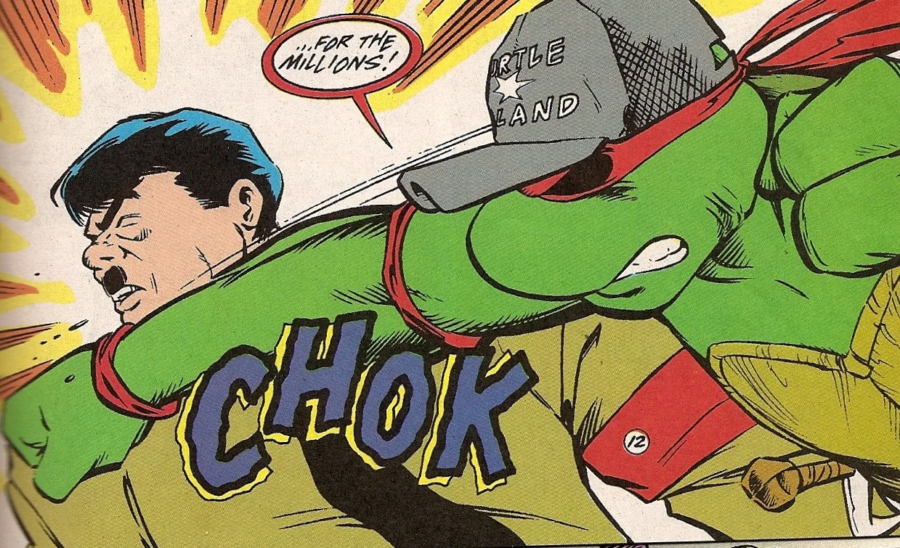
Perhaps the most famous example of this was the revelation that the Ninja Turtles caused Hitler’s death. This was during a story where the future turtles and their present selves met and engaged in some timey-wimey misadventures with villains who included Hitler’s brain with a robot body. When they meet the intact Hitler in the past, future Raphael punches him, and future Leonardo claims they are demons here for the Fuhrer’s brain, causing him to commit suicide.
While that is the most famous example of the Teenage Mutant Ninja Turtles Adventures comic being hilariously weird and decidedly not kid-friendly, it’s not the last. For example, the comic establishes early on that Krang (the franchise’s more famous brain in a robot body) isn’t just some ineffectual leader from Dimension X. He’s actually a genocidal warlord responsible for wiping out entire planets.
Cannibalistic Walking Eyeballs And The Devil’s Harem Aren’t Kid Friendly
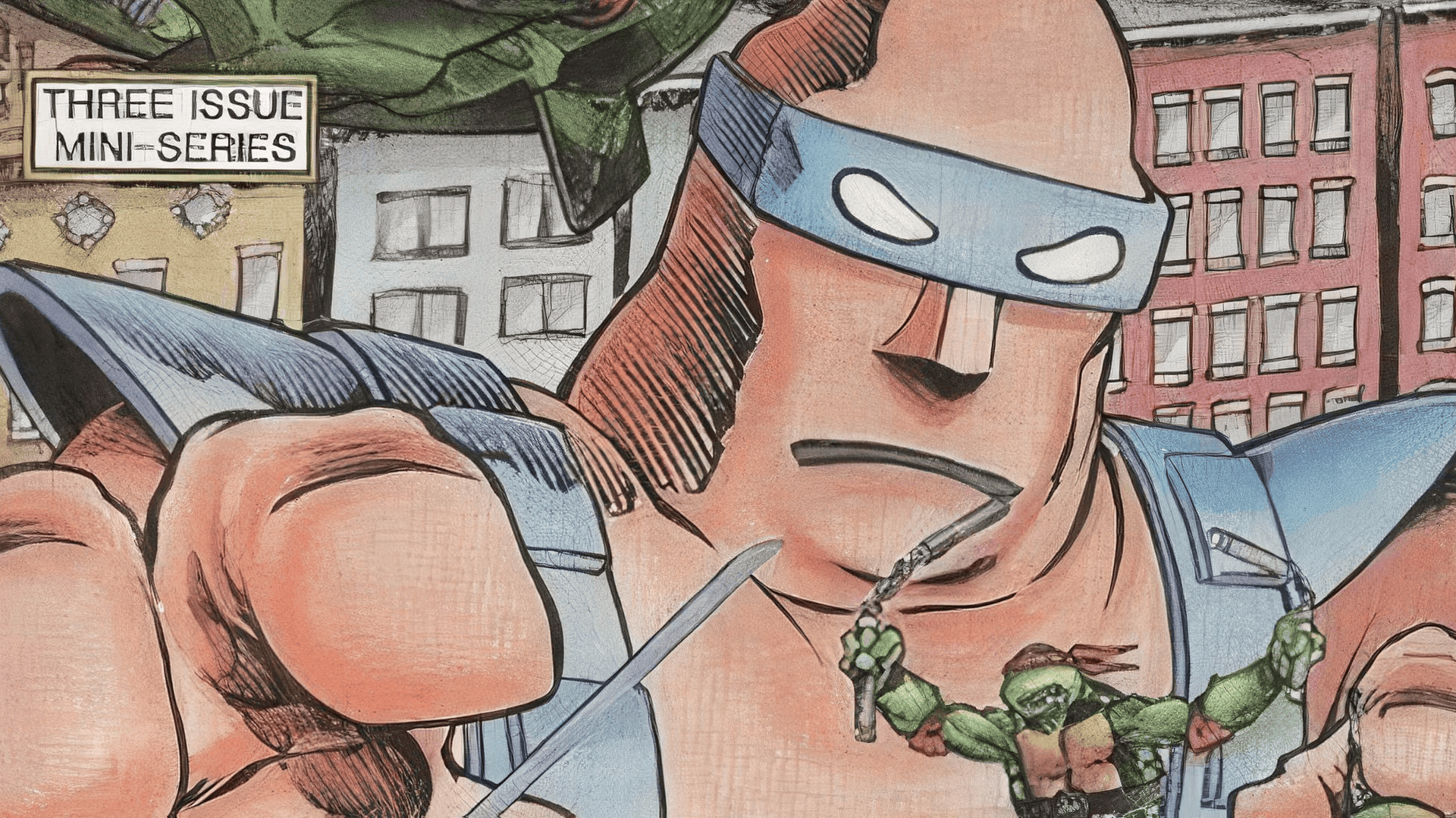
The revelation that the goofy comic relief villain was actually a mass murderer really threw young me for a loop, as did the later plot point where Krang started working with a cannibalistic walking eyeball and eventually installed himself on Shredder’s head so he could use the evil ninja as a puppet.
The comic introduced other strange bad guys, including Null, a man who claimed to be the devil and tried to create a biblical-themed apocalypse on Earth. Oh, and he threatens to forcibly make one of the Mighty Mutanimals’ mothers part of his “harem,” meaning we can add “rapist Satan” to the list of baddies in this “kid-friendly” comic.
Both Prostitution And Christianity Are A Big Part Of The Teenage Mutant Ninja Turtles Universe
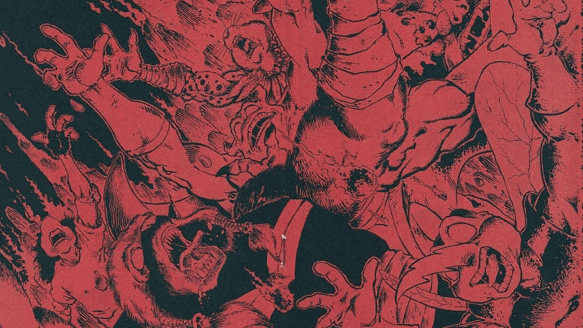
Speaking of the Mighty Mutanimals, they got a briefly-lived spinoff series before they were killed… just brutally gunned down by some third-rate villains. Via the time-traveling future Turtles, the comic makes it clear that these heroes were killed due to bad guys interfering with the timeline. Despite this, they are never brought back to life, but we are treated to a vision from Null of these deceased heroes literally burning in hell.
Perhaps my favorite example of Teenage Mutant Ninja Turtles Adventures being completely insane is a multi-issue backup story in which April O’Neil discovers a literal angel who has been kidnapped and forced into show business servitude by a literal pimp. She uses her newfound ninja training to free the angel, but not before a thug offers to put the reporter into an R-rated movie (an adult film star called April O’Neil… who could imagine that?). The angel then flies back to heaven like Neo at the end of The Matrix, the comic having apparently confirmed that Christian theology is completely real.
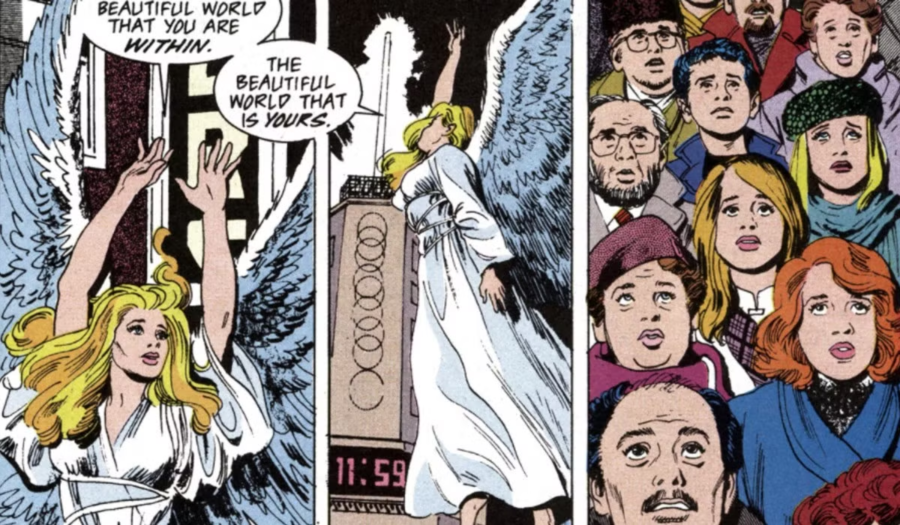
I joke that Teenage Mutant Ninja Turtles Adventures ruined my childhood, but even as a kiddo, I appreciate these comics despite (and often because) of their innate weirdness. They took big creative swings that didn’t always land, but any given issue of the comic was far better than the 1987 TMNT cartoon it was nominally based on. All this delicious weirdness was my own personal mutagen, transforming me from someone who expected simple stories into someone who can appreciate even the weirdest genre content.
In gratitude, I can only say those three little words first popularized by 20th-century pop icon Vanilla Ice: “go, ninja, go.”












Login with Google